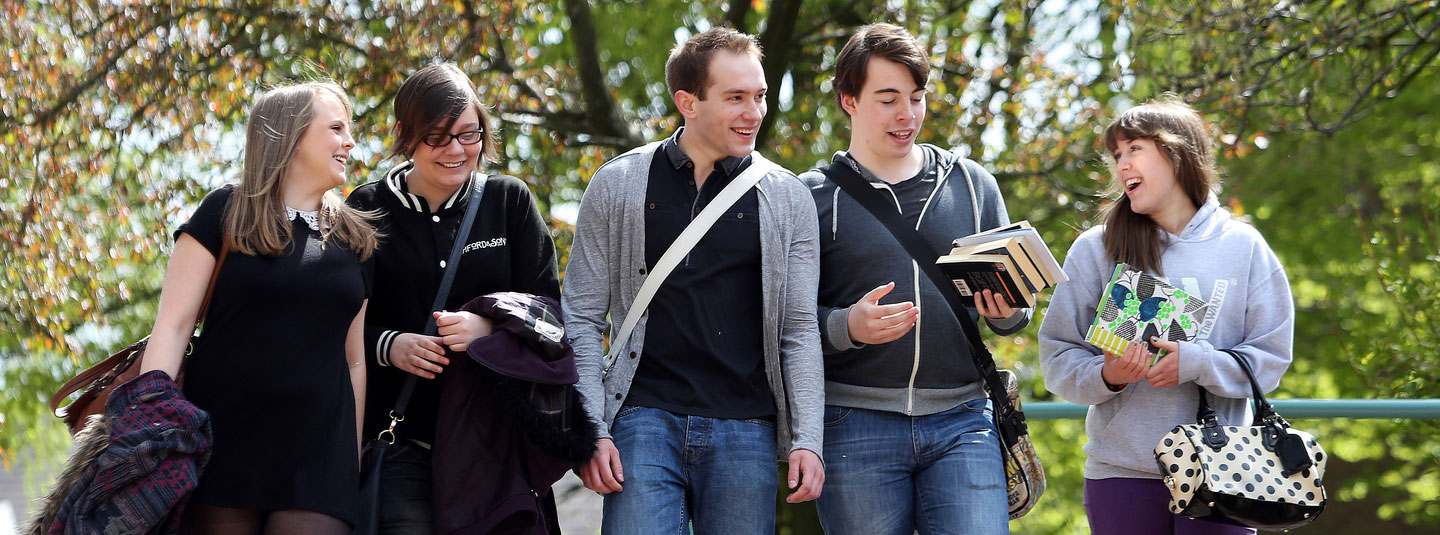
How can we share our knowledge about the benefits of urban trees to the widest possible audiences?
How did the Digital Voices of the Future project come about? In this first blog post I will try and explain why we put this project together for the Call 3 Knowledge Exchange round of the UKRI Future of UK Treescapes programme.
There is a clear need to increase both the coverage and valuing of trees across the entire UK to meet challenges associated with climate change, building resilience to neighbourhoods and communities, and also for the biodiversity, health and wellbeing that are associated with access to green space. My involvement with the Treescapes programmed stemmed from wanting to look at carbon capture and storage in trees as part of the challenge of reaching ‘net-zero’ carbon by 2050.
I was fortunate enough to be brought into the development of one of the original Treescapes proposals, Voices of the Future, led by the remarkable Kate Pahl at MMU. The Treescapes call really encouraged inter- and transdisciplinary proposals, but most of what I had seen were science projects with a bit of ‘people’ bolted on. Voices of the Future was different, with a focus on children and young people, and I think this was one of the reasons that it was funded.
Voices of the Future started from the stand-point that decisions made about UK Treescapes now will only be properly evaluated in 30 to 50 years time, once new trees planted have begun to reach maturity. As such, it is the children and young people of today who will judge the success of the Treescapes programme. Here is a video of me being interviewed early on in Voices of the Future explaining the project. This project has been an incredible experience, completely transforming my research approach as a scientist.
However, as we have gone through Voices of the Future, we have recognised that those voices are often coming from a specific section of children, what Kate Pahl and Abby Hackett have termed ‘the good research child’: the child that is likely to grow up and become someone like us: researchers, engaged with their environment. We have sought different ways to engage the ‘non- good research child’, who often forms the majority of a group of children.
The key moment came when the team were working with a primary school in Greater Manchester, where a large number of children weren’t really ‘getting’ what the project was trying to do. It was one of those days where I personally felt I was fighting upstream against the flow of what the children wanted to do. Learning to step back and to enable the children go free is something that Kate has instilled as the project has evolved, and doing this brought a piece of insight. Two of the children were wearing jackets with the Minecraft logo on, and when one of the team asked the children who played games like Minecraft, a rush of hands and enthusiasm gushed forth. Almost all the children were passionate, knowledgeable and engaged with online games, and that for many, this was one of the main ways they learned about the worlds around them.
This realisation that the online world is as real as the physical world was something of a revelation: perhaps this was a route to engaging the ‘non-good research child?’. Subsequent discussion with Kate then highlighted that Paul Nolan, chief exec of The Mersey Forest (a partner in Voices of the Future) was interested in this, looking at how games could influence wider environmental engagement for example in the planning of the future of England’s Community Forests.
From this, Digital Voices has developed. Can we take some of what we have learned about the environmental services provided by trees in urban environments, and the ways we have worked with children throughout Voices of the Future, and translate this into gaming worlds enabling children voices about the future of trees in both real and imagined settings? Well, watch this space to see how we get on!
What do trees in our towns and cities help to build resilience to the changes to our environments driven by climate change?
want to find out more about our courses?
If you have a curiosity about the natural world, wish to pursue a career in science, or spend your future working in the great outdoors - we have some ideal course options to get you started.


.jpg)

